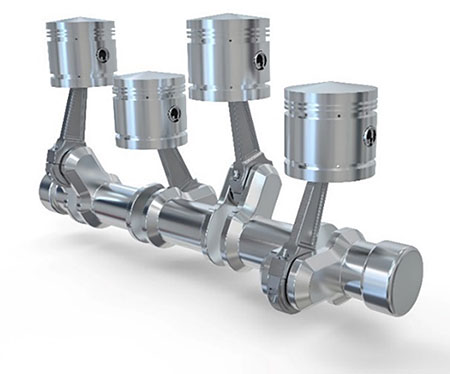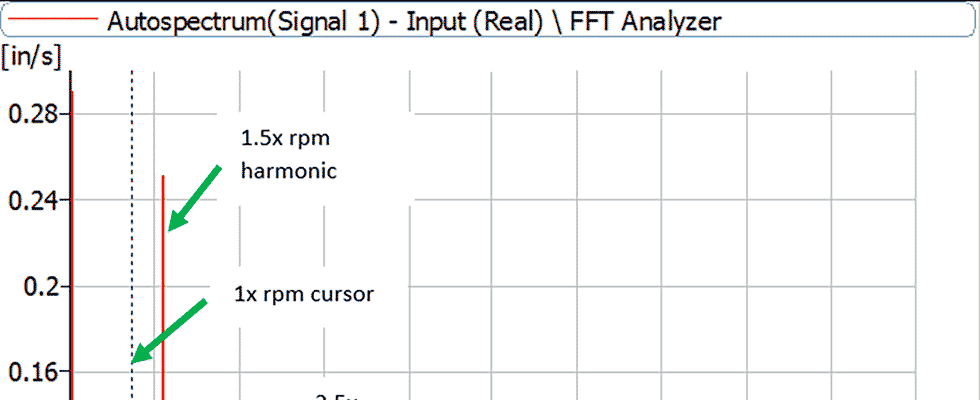
Can I use pump vibration standards for pump acceptance if the pump is driven by an engine?
Electric motors are the most common pump driver, and for motor-driven pumps, vibration is often used as an indicator of pump machinery health. For rotodynamic pumps, “American National Standards Institute/Hydraulic Institute (ANSI/HI) 9.6.4 Rotodynamic Pumps for Measurement and Allowable Values” is used for vibration acceptance testing measured on the pump bearing locations or discharge head for vertically suspended pumps. Historically, this has been a useful guide to determine acceptability of a new or repaired pump; however, engine-driven equipment is outside of its scope.

Engine-driven pumps are out of the scope of this standard because data from engine-driven pumps was not fully considered in setting the acceptance levels, and engines do not have the same torque generating characteristics as that of a motor drive. In engines, fuel is burned in a cylinder and the expanding gas generates torque on a crankshaft through a slider crank mechanism containing a piston and connecting rod (Image 1).
The resulting load on the pump will include both lateral forces at the bearing as well as torque transmitted through the engine coupling. This load versus time is not a smooth sine wave but a complex wave shape that leads to generation of strong harmonics at the firing frequency and its multiples as noted in Image 2.
Furthermore, then the cylinder-to-cylinder combustion process is typically not uniform and in a four-cycle engine there are noticeable, and possibly dominant, harmonics at half engine running speed. These frequencies can be transmitted to the pump. In either case, the engine firing process inherently generates greater vibration levels as compared to electric motor drives.
The type of driver coupled to a rotodynamic pump can have a significant impact on the pump vibration characteristics. This FAQ describes an excerpt from an HI white paper on “Vibration Characteristics of Stationary Engine Driven Rotodynamic Pump Systems” that outlines some of the fundamental differences in electric motor versus reciprocating engine operation that leads to different pump vibration levels. ANSI/HI 9.6.4 currently does not take into account engine operation factors. Misapplication of the motor vibration levels within ANSI/HI 9.6.4 will often lead one to believe that a normal, healthy engine-driven system has a vibration problem. There are some standards, such as International Organization for Standardization (ISO) machinery standards, that provide some guidelines regarding acceptable engine vibration levels.

The Hydraulic Institute would like to expand ANSI/HI 9.6.4 to include pumps driven by reciprocating engines and is conducting a field vibration data gathering campaign to obtain useful operational information about engine-driven pump applications. To participate in the program or assist with providing field data, please contact hitechnical@pumps.org.
For more information on vibration characteristics of pumps driven by engines, refer to HI’s free white paper for “Vibration Characteristics of Stationary Engine Driven Rotodynamic Pump Systems” at www.pumps.org.

